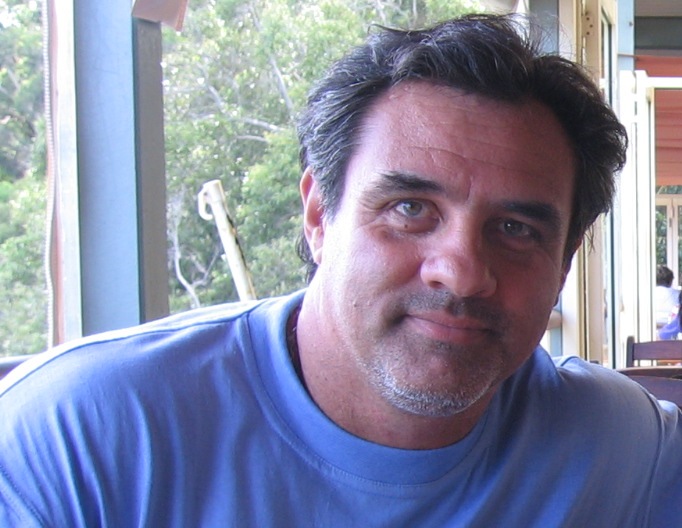hospital bed mechanic
|
|
A mashup is defined as a web application that takes data from one or more sources and presents it in a unique way. Often, the end result is just another way of looking at the information.
|
It's called a tilt-shift effect. It's a favorite device of fine-art photographers and the Flickr crowd. The idea is to keep a narrow band of a picture in sharp focus while blurring everything else. The result: a sprawling photo-scape suddenly looks like a scale model. To pull it off you need an expensive tilt-shift lens -— or this simple Photoshop trick.
This page is a wiki. Got extra advice? Log in and add it.
1. Import your image to Photoshop, then press Q to enter Quick Mask mode.
2. Select the Gradient tool and set it to Reflected Gradient. Click on the area you want to be in focus and drag the cursor in the direction you want the image to blur.
3. Press Q again to complete the mask and exit Quick Mask mode
4. Invert your selection with CTRL+SHIFT+I (in Windows)/ SHIFT+COMMAND+I (ie Select>Inverse) (Mac) (once you quit Quick Mask, otherwise you'll blur the section you actually want to keep in focus :)
5. Apply a blur filter from the Filters menu.
6. Marvel at your masterpiece.
Photos: Nolan Wynne/Wired
Tip: For better results, you may also want to increase the saturation of the image because often models are painted with bright, slightly unrealistic colors. This can really make a big difference in the final image and add that extra 'pop' to the effect. Press cmd+U (on a mac) or ctrl+U on a PC to change the saturation, often +40 works pretty well but play around with it to see what looks the best for that image.
Tip: Start on photos with lots of depth and detail. Prime candidates include skyline shots, arial shots or anything with a birds-eye view of a scene far away and below. It's an optical illusion, so the more large objects (cars, trucks, buildings, rivers) in the scene, the easier it will be to fool the eye.
Tip: The further you drag the cursor for the Gradient tool, the more of your photo will stay in focus. For better results, keep the in-focus portion slimmer by dragging over less of the photo.
Tip: Making a miniature set appear real usually requires getting the lens as low to the "ground" as possible...so making a real scene look small requires the opposite. Choosing a perspective from higher than twenty feet in the air will automatically bias the observer into believing the scene is of something small. Usually the higher - the better.
Tip: In theory, at least, you should be able to make model shots look less "model-ey" using the same technique, by making sure your mask is centred on the actual point of focus and using "Unsharp Mask" instead of "Blur". It may take some trial-and-error to get the gradient mask along the same axis as the "line of perfect focus", so don't be afraid to make several attempts befor picking the best one.
